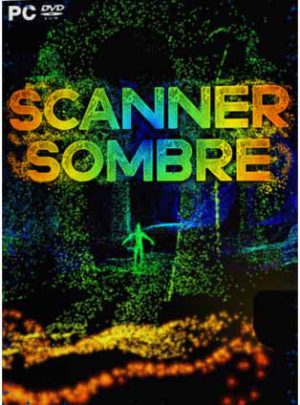


Blackpool Pleasure Beach is also home to Valhalla, the world's largest indoor dark ride, known for its many complex effects. It was rebuilt in 1936 and has remained unchanged since. The ride was imported in 1930 and originally called The Pretzel (due to the curving shape of its track layout) but as pretzels were little-known in Britain, it was soon renamed after The Ghost Train, a play which ran for a year in London, a film adaptation of which was showing in 1931. The first ride to use the name "Ghost Train" was that of Blackpool Pleasure Beach. In the United Kingdom, the United States, the Republic of Ireland, New Zealand, China and Australia, dark rides with a scary theme are called ghost trains. Variations ĭark rides have a number of variations that are not necessarily mutually exclusive. It is assumed that a person's prior knowledge about the ride's story and a person's cultural background have moderating effects on the relationship between "storytelling" and "immersion". The model suggests that "Storytelling" in Dark Rides influences an attendee's "emotional attachment" to the ride through the mediator of "Immersion". Based on a systematic literature review, a team of researchers from the University of Liechtenstein developed a model that illustrates the underlying effect mechanism that attendees of Dark Rides experience. The rides may also feature sudden ascents or descents to further the excitement.Īlthough ever increasing investments are made in dark rides, empirical research in this area is relatively scarce. Sudden curves give a sense of disorientation and allow new scenes to surprise the rider. To improve the effect and give a sense of journey, passages in dark rides frequently change direction. Smaller-scale rides often feature the same sorts of simple animation and sounds used since the genre's early days, while more ambitious projects feature complex animatronics, special effects and ride vehicles utilizing cutting-edge technology.

Modern attractions in this genre vary widely in technical sophistication. Historically notable dark rides include Futurama at the 1939 New York World's Fair, and Pirates of the Caribbean and The Haunted Mansion at Disneyland. Leon Cassidy of the Pretzel Amusement Ride Company patented the first single-rail electric dark ride in 1928. A Trip to the Moon began operation at the 1901 Pan-American Exposition. A popular type of dark ride commonly referred to as an old mill or tunnel of love used small boats to carry riders through water-filled canals. The first dark rides appeared in the late 19th century and were called "scenic railways" and "pleasure railways". Toad's Wild Ride and Alice in Wonderland, which all rely on the use of blacklights in almost every scene. Prominent examples include Disneyland's Snow White's Scary Adventures, Pinocchio's Daring Journey, Peter Pan's Flight, Mr.
#Monster scanner sombre series
Typically, these experiences also use a series of opaque doors between scenes to further control riders' views within a space-constrained building. The size of each room containing a scene or scenes is thus concealed, and the set designer can use forced perspective, pepper's ghost and other visual tricks to create the illusion of distance. In its most traditional form, the term dark ride refers to ride-through attractions with scenes that use black lights, whereby visible light is prevented from entering the space, and only show elements that fluoresce under ultraviolet radiation are seen by the riders.


 0 kommentar(er)
0 kommentar(er)
